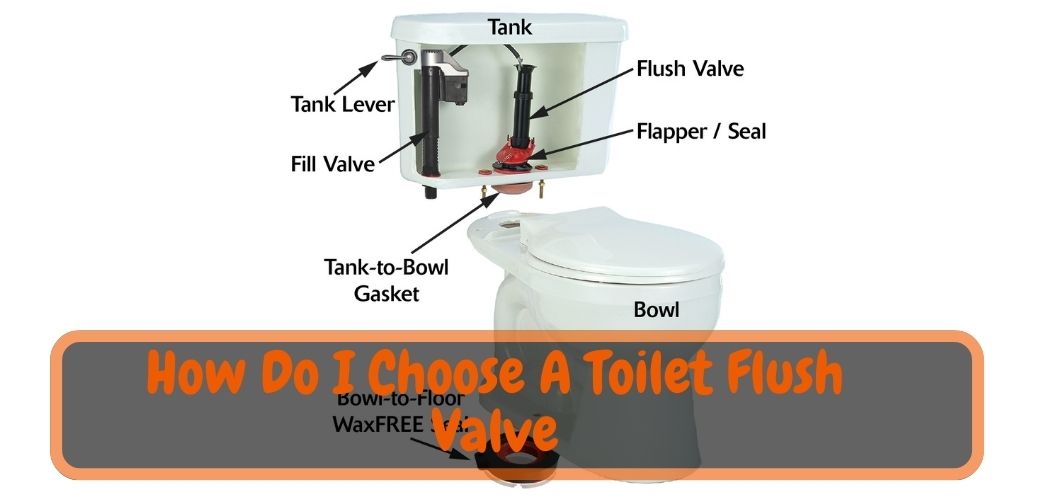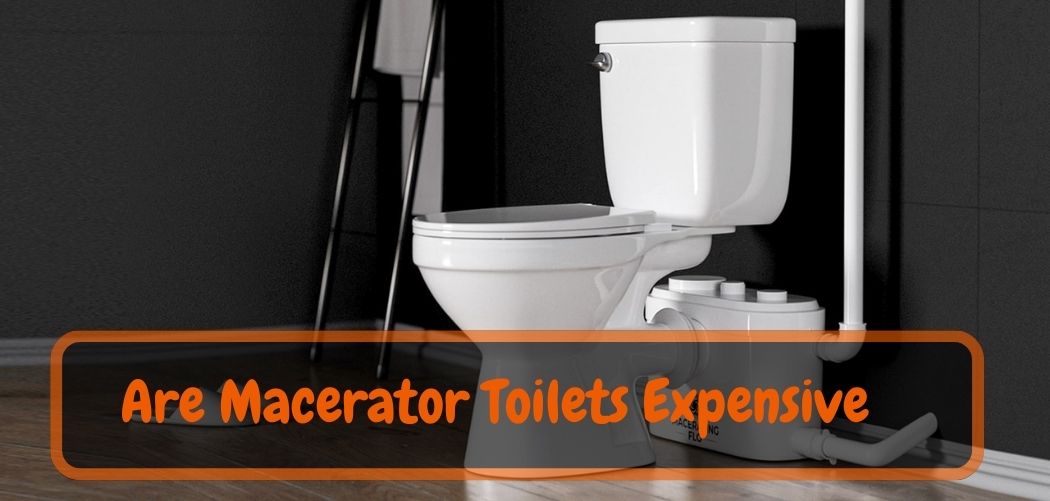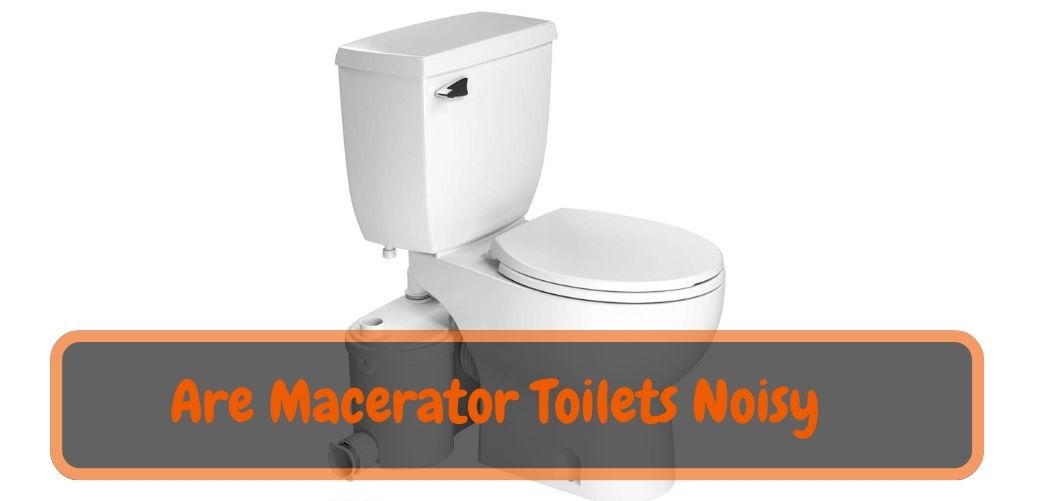Choosing a toilet flush valve requires considering the toilet model, size, and flush power. To choose a toilet flush valve, identify the toilet brand and model, measure the diameter of the existing flush valve, and determine if a standard or a high-performance valve is needed.
When it comes to the smooth functioning of a toilet, the flush valve plays a pivotal role that often goes unnoticed. Responsible for initiating the flushing process and facilitating the efficient removal of waste, the flush valve is a crucial component that demands careful consideration.
Whether you’re embarking on a bathroom renovation or addressing a malfunctioning flush valve, the task of choosing the right one can seem daunting. This guide delves into the intricacies of selecting a toilet flush valve.
Unraveling the factors that influence your decision-making process. By understanding the types, features, and compatibility of flush valves, you’ll be equipped with the knowledge to ensure optimal flushing performance and water efficiency in your bathroom.
The Importance Of Choosing The Right Toilet Flush Valve
Choosing the right toilet flush valve is pivotal for a functional, efficient and robust bathroom. Not only will it prevent clogs and minimize water leaks, but it will also regulate water consumption. Understanding how different types of flush valves work will help you pick the right one.
There are mainly three types to consider: gravity flush valves, pressure-assisted flush valves and dual-flush valves. All come with pros and cons, depending on your needs and bathroom setup. Gravity flush valves are the most common, operating by gravity force and requiring less maintenance.
Pressure-assisted flush valves offer better performance, but they’re noisier and require more maintenance. Dual-flush valves provide water-saving features, allowing you to choose between liquid and solid waste disposal. Choose wisely to ensure long-term peace of mind for your bathroom routine.
The Guide to Choosing the Right Toilet Flush Valve?
In the intricate world of bathroom fixtures, the toilet flush valve stands as a key player, orchestrating the vital act of waste removal with each flush. The task of selecting a toilet flush valve may seem simple, but it holds significant implications for water efficiency.
Functionality, and overall bathroom performance. This comprehensive guide walks you through the essential considerations and features that will empower you to make an informed choice when it comes to selecting the ideal toilet flush valve for your needs.
1. Types of Toilet Flush Valves
a. Flapper Flush Valve: A common type that uses a rubber flapper to release water from the tank into the bowl. It’s suitable for most residential toilets and offers ease of maintenance.
b. Canister Flush Valve: Utilizes a canister mechanism to release water. These valves often provide a more consistent and powerful flush compared to flapper valves.
c. Pressure-Assisted Flush Valve: Incorporates pressure to enhance flushing power. Common in commercial settings, these valves offer strong and efficient waste removal.
2. Water Efficiency
Opt for a flush valve that contributes to water conservation. Look for models that allow adjustments to the amount of water released per flush, ensuring you can balance performance with eco-friendliness.
3. Compatibility
Ensure the flush valve is compatible with your toilet model and the specific plumbing setup in your bathroom. Double-check the size and design to avoid installation complications.
4. Ease of Installation
Choose a flush valve that aligns with your level of DIY expertise. Some valves are easier to install than others, and clear installation instructions can make the process smoother.
5. Durability and Material
Prioritize flush valves made from durable materials that resist wear and tear over time. Components like the flapper or canister seal should be of high quality to prevent leaks and frequent replacements.
6. Flushing Performance
Evaluate the flushing power of the valve. A well-designed flush valve ensures efficient waste removal while preventing clogs and backups.
7. Maintenance
Consider the maintenance requirements of the flush valve. Valves with accessible components and simple designs tend to be easier to clean and repair.
8. Noise Level
Certain flush valves, especially pressure-assisted ones, can be noisier during operation. If noise is a concern, opt for a quieter model or explore sound-dampening features.
9. Brand Reputation
Choose flush valves from reputable manufacturers known for producing quality plumbing products. Established brands often offer better warranties and customer support.
10. DIY vs. Professional Installation
Evaluate whether you’re comfortable installing the flush valve yourself or if it’s best left to a professional plumber. Some installations can be complex and might require specialized tools.
11. Cost Considerations
While cost is a factor, prioritize value over the lowest price. A slightly higher investment in a quality flush valve can result in long-term savings through reduced water usage and maintenance.
12. Final Thoughts
Selecting the right toilet flush valve is an investment in the efficiency and functionality of your bathroom. By considering factors like water efficiency, compatibility, and durability, you can make a well-informed decision that ensures optimal flushing performance and minimizes the need for repairs.
Whether you’re renovating your bathroom or simply upgrading components, a carefully chosen flush valve contributes to a smoother, more efficient, and environmentally friendly bathroom experience.
Also Read: The Ultimate Guide to Choosing the Best Water Valve?
The Factors To Consider When Selecting Toilet Flush Valves
Toilet flush valves may not be the most glamorous part of your bathroom, but choosing the right one is important. When selecting a valve, there are several factors to consider. The size and shape of the valve should be evaluated to ensure proper function.
Valve diameter is also crucial in determining the flow rate. The connection type of the valve should match your plumbing system. There are different types of flushing mechanisms to choose from.
Including gravity, pressure-assisted, and dual-flush valves. Gravity-flush valves are the most common and easiest to install, while pressure-assisted flush valves offer increased power and efficiency.
Dual-flush valves are an eco-friendly option, but may have some drawbacks. Comparing the advantages and disadvantages of each type of valve will help you make an informed decision.
Frequently Asked Questions On How Do I Choose A Toilet Flush Valve?
What Is A Toilet Flush Valve?
A toilet flush valve is a device responsible for your toilet’s flush mechanism.
How Do Toilet Flush Valves Work?
Flush valves are triggered by lifting or pushing a button, releasing water from the tank into the bowl.
What Are The Different Types Of Toilet Flush Valves?
There are mainly two types: flapper and tank ball. But flapper-style flush valves are commonly used.
How Do I Know If My Toilet Flush Valve Needs To Be Replaced?
If your toilet runs continuously or doesn’t refill properly, leaks, or makes a strange noise, it might be time for a replacement.
How Do I Choose The Right Toilet Flush Valve?
Choose a flush valve with a good quality material, choose the right size, consider the type of flush system, and make sure its performance aligns with your preferences.
Conclusion
As we conclude this exploration into the world of toilet flush valves, it becomes evident that this seemingly unassuming component plays a critical role in the overall efficiency and performance of your bathroom.
By understanding the nuances of flush valve types, features, and compatibility, you are better equipped to make an informed decision that aligns with your bathroom needs and preferences.
Selecting the right toilet flush valve might not be the most glamorous task, but it is undoubtedly a significant one. A well-chosen flush valve contributes to water efficiency, reliable flushing,
Smoothly operating toilet that requires minimal maintenance. Whether you’re tackling a renovation project or addressing an urgent replacement, remember that knowledge is your ally.










